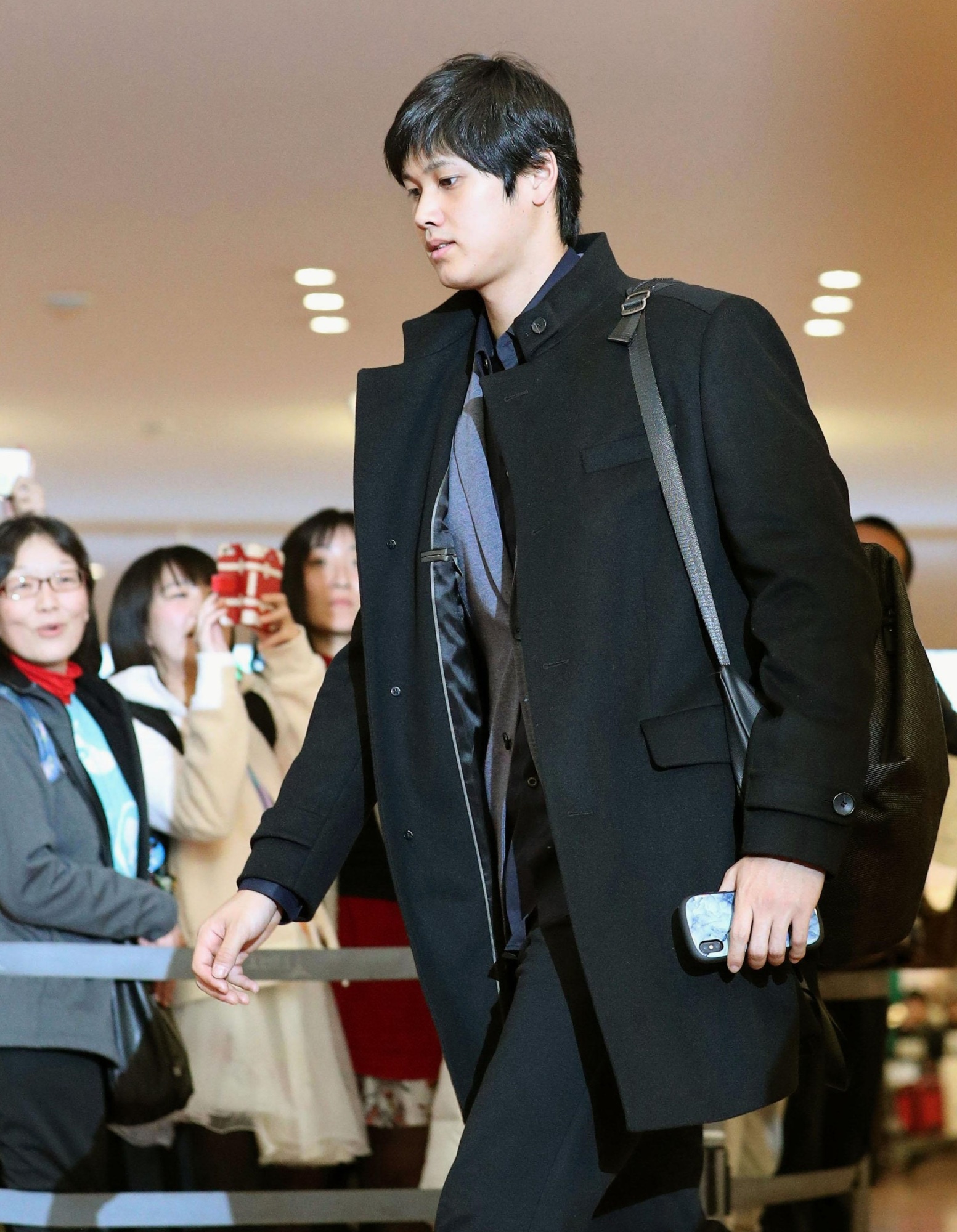It starts right away. What now sets Shohei Ohtani apart from, well, every baseball player ever, he did in the first inning of his first start of the previous season. Ohtani, the pitcher, eases into the year 2021 with three quick outs and a couple of fastballs that clock in at 100 miles per hour or more.

Then, in the bottom half, Ohtani-the-hitter hits a home run on the first pitch he sees, sending the ball 451 feet into the right field bleachers; he is the first starting pitcher to homer in the American League since 1972. The whole spectacle of Major League Baseball’s first pitching and batting two-way superstar since Bаbe Ruth may be seen in about half an hour.

The Los Angeles Angels’ ace’s dominance on the mound increases over the season thanks in large part to the runs he helps produce. This makes him the very first player in baseball history to start and bat leadoff in the All-Star game. NHK, Japan’s public broadcasting network, airs every one of his games, and in some of those broadcasts, they use a dedicated “Ohtani cam” that follows him around the entire game, capturing everything from his home runs to his head scratches to his cup changes.

For example, a game scheduled to begin at 7 p.m. Los Angeles’ home 7 p.m. game kicks off at noon. From halfway around the world, the daily Shohei is as commonplace as the weather. In this Summer of Shohei, we are watching the emergence of Ohtani as one of the rarest things in sports: an athlete who, with the swing of a bat or a dive for a ball, can create something that has never been seen before.
It’s easy to forget how unusual it is for a pitcher-slugger to reach the major leagues since it’s so normal to see the biggest and most talented kid on the field succeeding at every position. How unlikely it is to succeed at even one aspect of baseball, let alone the two most prized ones: power pitching and hitting.

In this respect, Shohei is reminiscent of LeBron James, who can bring the ball up the court, shoot threes, slam over opponents, and swat layups off the glass at the other end. In this respect, he is reminiscent of Lionel Messi, who can dribble the ball past six or eight defenders and virtually cross the goal line while going from box to box. To put it another way, they are so consistently contradicting the game’s assumptions about who should play where and in what capacity that we have to wonder if those concepts are wrong — and have always been wrong.
Ohtani receives not one, but two prestigious awards at the end of the baseball season: the Most Valuable Player award and the Commissioner’s Historic Achievement Award. The consensus on him is strikingly rare in the United States. In addition, he is the most promising indicator in a generation that baseball could finally have the player (and the entirely new style of play) it needs to recover from the brink.